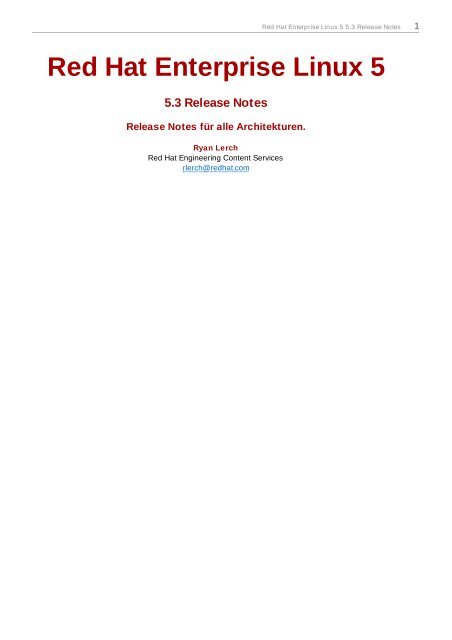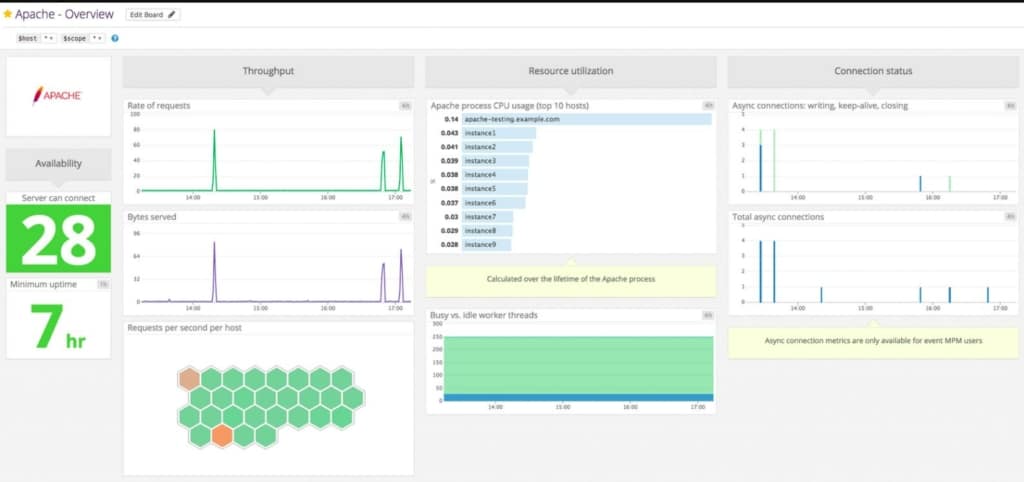

TorPark onion routing Īny private terminal link Trivial File Transfer Protocol (TFTP) Īny private dial out service Īny private Remote job entry Xerox Network Systems (XNS) Mail īootstrap Protocol (BOOTP) server also used by Dynamic Host Configuration Protocol (DHCP)īootstrap Protocol (BOOTP) client also used by Dynamic Host Configuration Protocol (DHCP) Xerox Network Systems (XNS) authentication Īny private terminal access Xerox Network Systems (XNS) clearinghouse Xerox Network Systems (XNS) Time Protocol Previously Interface Message Processor logical address management Resource Location Protocol (RLP) -used for determining the location of higher level services from hosts on a network Simple Mail Transfer Protocol (SMTP), used for email routing between mail servers Telnet protocol-unencrypted text communications Secure Shell (SSH), secure logins, file transfers ( scp, sftp) and port forwarding Both TCP and UDP have been assigned to TCPMUX by IANA, but by design only TCP is specified.

In programming APIs (not in communication between hosts), requests a system-allocated (dynamic) port On Unix-like operating systems, a process must execute with superuser privileges to be able to bind a network socket to an IP address using one of the well-known ports. They are used by system processes that provide widely used types of network services. The port numbers in the range from 0 to 1023 are the well-known ports or system ports. Please help improve this article by clarifying or removing superfluous information. This section contains information of unclear or questionable importance or relevance to the article's subject matter. However, many unofficial uses of both well-known and registered port numbers occur in practice. The Internet Assigned Numbers Authority (IANA) is responsible for maintaining the official assignments of port numbers for specific uses.

They usually use port numbers that match the services of the corresponding TCP or UDP implementation, if they exist. The Stream Control Transmission Protocol (SCTP) and the Datagram Congestion Control Protocol (DCCP) also use port numbers. The even-numbered ports were not used, and this resulted in some even numbers in the well-known port number range being unassigned. Later, the Transmission Control Protocol (TCP) and the User Datagram Protocol (UDP) needed only one port for full-duplex, bidirectional traffic. Originally, port numbers were used by the Network Control Program (NCP) in the ARPANET for which two ports were required for half-duplex transmission. This is a list of Internet socket port numbers used by protocols of the transport layer of the Internet Protocol Suite for the establishment of host-to-host connectivity. etc/services, a service name database file on Unix-like operating systems.


 0 kommentar(er)
0 kommentar(er)
